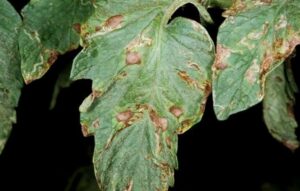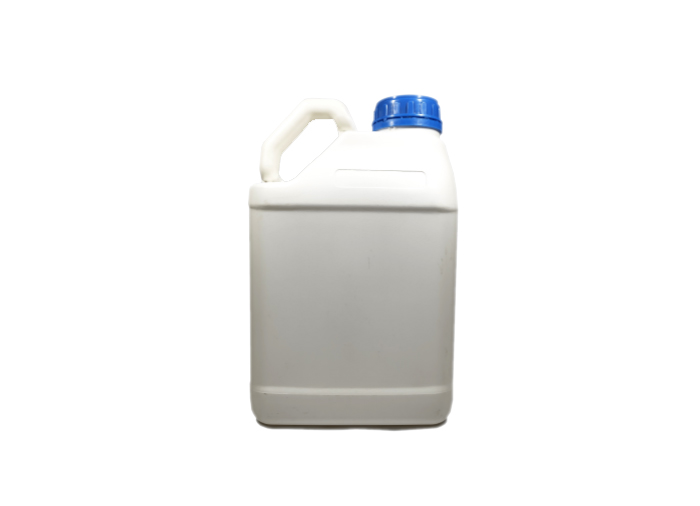
Use early blight-resistant vegetable varieties whenever possible. Rotate vegetables to different parts of your garden each year to avoid areas where infested debris (and thus spores of Alternaria solani) may be present. Destroy infested plants by burning or burying them. How do I avoid problems with early blight in the future? Early blight is best controlled using preventative measures. If you decide to use fungicides for disease control, be sure to read and follow all label instructions of the fungicide that you select to ensure that you use the product in the safest and most effective manner possible. Fungicides labeled for use on vegetables and containing copper or chlorothalonil may also provide control of early blight if they are carefully applied very early in the course of the disease (before symptoms develop is best) and on a regular basis throughout the rest of the growing season.

Thinning of whole plants or removal of selected branches from individual plants may slow the disease by increasing airflow and thus reducing humidity and the length of time that leaves remain wet. How do I save a plant with early blight? Once symptoms of early blight appear, control is difficult. Denser foliage leads to high humidity and longer periods of leaf wetness that favor the disease. Early blight symptoms typically begin as plant canopies start to close. Where does early blight come from? Early blight is caused by the fungus Alternaria solani, which survives in plant debris or on infected plants. Early blight can lead to total defoliation of lower leaves and even the death of an infected plant. Eventually multiple spots on a single leaf will merge, leading to extensive destruction of leaf tissue. As these spots enlarge, concentric rings appear giving the areas a target-like appearance. What does early blight look like? Symptoms of early blight first appear at the base of affected plants, where roughly circular brown spots appear on leaves and stems. The second common tomato blight, Septoria leaf spot, is detailed in University of Wisconsin Garden Facts XHT1073. Early blight can also be a serious disease on other popular vegetables including eggplants, peppers, and potatoes.

What is early blight? Early blight is one of two common fungal diseases that can devastate tomatoes in both commercial settings and home gardens. Note spots with concentric rings (arrow) and yellow haloes.īrian Hudelson, UW-Madison Plant Pathology


 0 kommentar(er)
0 kommentar(er)
